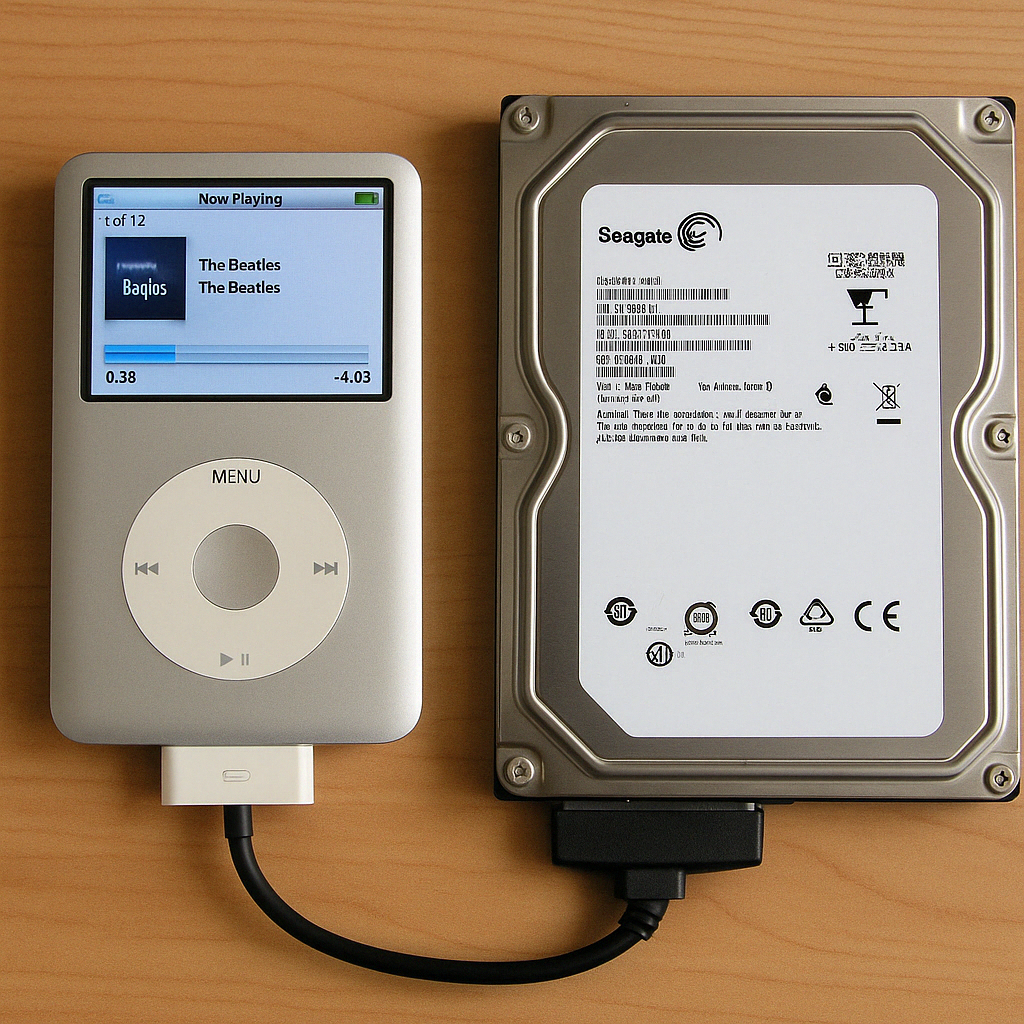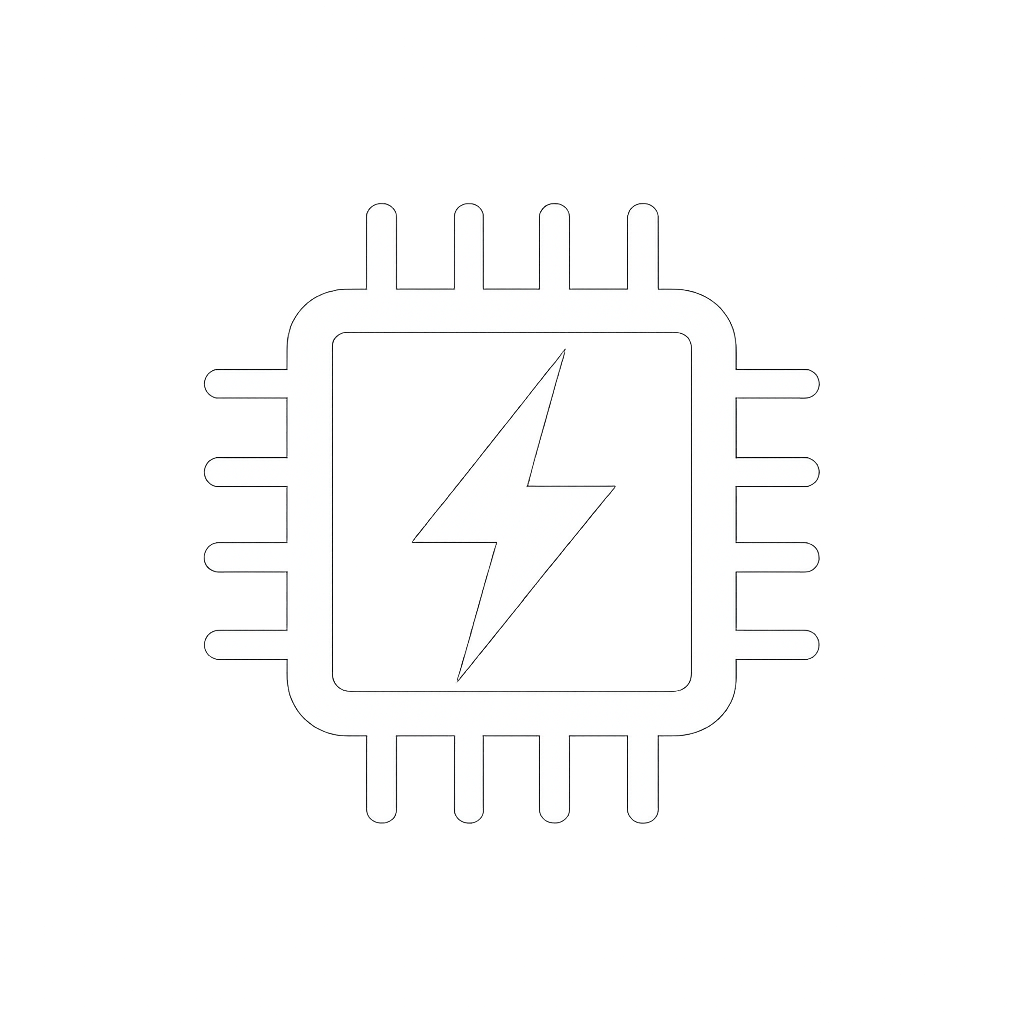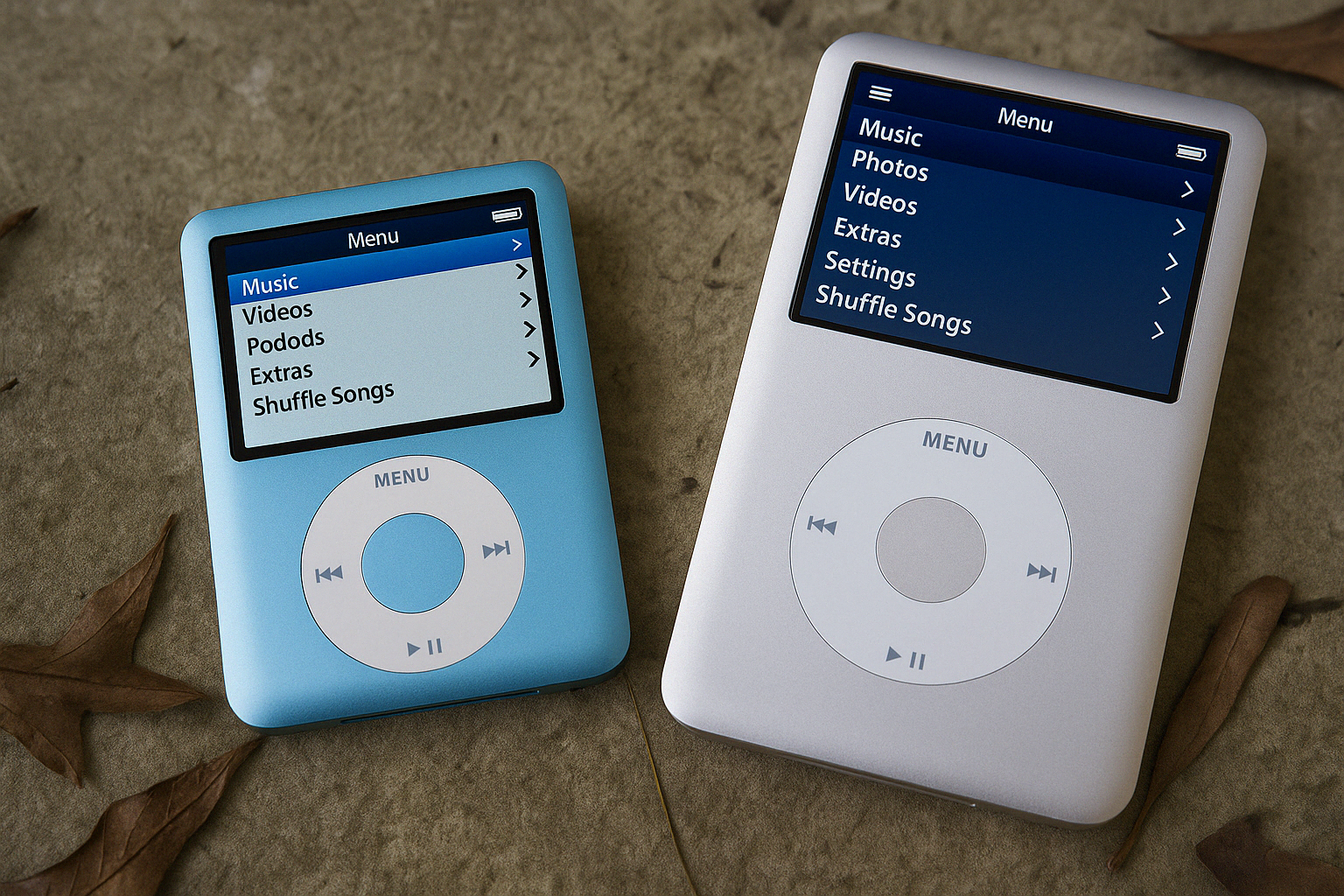Did you know the first iPods used hard drives? Discover the trick behind them.

When we think of an iPod, we think of a small, sleek, slim device with thousands of songs ready to play. But what many people don't know (and I just found out, so you can be surprised with me) is that iPods are actually small, but they're not. iPods Classic They used... hard drives! Yes, like the ones used in computers. And no, I'm not talking about a high-speed microchip: I'm talking about those spinning disks, with platters, heads, and the whole mechanical combo. 😲
Which iPod models used hard drives?
Apple released several generations of iPods that used internal hard drives. Here's a rundown of the most iconic models, along with their approximate launch prices:
iPod 1st generation (2001) – 5 GB of storage – $399 USD
iPod 2nd generation (2002) – Up to 20 GB – $499 USD
iPod 3rd generation (2003) – Up to 40 GB – $499 USD
iPod 4th generation (2004) – Up to 60 GB – $399 USD
iPod Photo (2004) – Up to 60 GB – $499 USD
iPod Video (5th gen, 2005) – Up to 80 GB – $399 USD
iPod Classic (6th gen, 2007) – Up to 160 GB – $249 USD
160 GB in 2007 in a pocket-sized device? That was like having a spaceship in the palm of your hand!
Why did they use hard drives?
Simple: they wanted to offer a brutal storage capacity on a portable device. At the time, flash drives were expensive and limited. So Apple, in its infinite genius (and a touch of madness), decided to put hard drives in its iPods. The result: thousands of songs in your pocket! But… not everything was as nice as it sounded.
The dark side of the hard drive in iPods
To make the hard drive fit into an iPod, they had to use very small versions of these disks. And of course, by reducing the size, you also They sacrificed speed, endurance and reliability.
🚀 Slow speed
Sometimes, It could take you more than a minute to play a songCan you imagine that today? It's like ordering a pizza and being told it'll arrive in four days.
🧊 Extreme fragility
A fall could be fatal. Literally. If you dropped your iPod, there was a high probability that the drive would be damaged. Chances were you'd lose songs, storage space... or everything. 😢
🔊 They were making noise!
Have you heard that whirring noise that old PCs make? Well, iPods with hard drives also made a mechanical noise that could be annoying, especially if you liked to listen to music quietly at night.
🔁 Errors and failed synchronization
Syncing with iTunes was common. Sometimes it felt like you were trying to connect two different universes.

Solutions then? Few (and expensive)
There weren't many options when your iPod with a hard drive failed. In my case, I took it to a technician. His "professional solution" was:
Turn the iPod on and off.
Reset the system.
Result? Nothing changed... except my wallet, which became emptier. He charged me an outrage and didn't solve anything. 🤦♂️
The other option was to take it to an authorized Apple center, but the repair cost was so high that Sometimes it was better to save up for another month and buy a new iPod.
So, was it worth having an iPod with a hard drive?
Yes and no. On the one hand, the capacity was impressive. You had your entire music library at your fingertips without needing an internet connection. But you also had to live with a delicate, slow device prone to common errors.
Today, a simple microSD card can store more than those iPods ever offered, with no noise, no moving parts, and transfer speeds that make the iPod look like a sleepy snail.




